The dawn of the new decade seems to bring a reconnaissance to Filipino cinema, resulting from both the picking of movies from international festivals, including Sundance, and the always excellent work of Metro Manila Film Festival, locally. In Asian Movie Pulse, we have been following intently the movies of the country these 3,5 years, and we have come up with a list of some of the best movies we saw during this time.
Without further ado, check out some of the best Filipino films of the current decade so far.
1. Fan Girl (2020) by Antoinette Jadaone

Although pretty standard regarding its core premise, “Fan Girl” is an emotional, rather unpleasant and sometimes even shocking viewing experience thanks to the filmmaker's clear vision transformed into the script and directing. Antoinette Jadaone is still a relatively young auteur, but quite a prolific one over the course of the current decade, with more than a dozen titles (features, shorts and TV series) under her belt. Her directing style is along the lines of the contemporary Filipino cinema, with longer takes by a hand-held camera and clean, sometimes even abrupt cuts among them framed into the boxy 4:3 aspect ratio. It serves the purpose here, especially when it comes to dosing the amount of unpleasantness the viewer should take before it becomes exploitative. (Marko Stojiljković)
Follow our full coverage of Filipino cinema by clicking on the following image
2. A Thousand Cuts (2020) by Ramona S. Diaz

The documentary unfolds in five axes, all of which are presented through Ressa's life, with the approach highlighting the view of the insider in the best fashion. The first axis revolves around the practices of Duterte since he was a mayor, including both the war on drugs and the spreading of fake news and his overall media campaign, which brings us to the second and essentially most central axis. The fact that Duterte has appointed pop star Mocha Uson as Assistant Secretary of the Presidential Communications Operations Office, highlights his approach in that regard as much as how a regime can use pop-culture to spread its message. The fact that Uson is frequently spreading fake news also adds to that comment, while the whole concept, and particularly how libel is communicated through the internet and how “real” journalists are having a really hard time communicating the actual truth through all the lies, is as shocking as the cruel pragmatism of Duterte. (Panos Kotzathanasis)
3. Arisaka (2021) by Mikhail Red

Asides from that, “Arisaka” follows many of the generic tropes of a revenge movie: There's the merciless gangster, the injured underdog, and the unexpected friendships and other elements typically seen in the genre. But rather than taking away from the film, these tropes actually just make the ride way more fun. It may be up for debate whether “Arisaka” is director Mikhail Red‘s best work to-date, but the intensity makes it fun, and the messaging, when not too overwhelming, makes it thought-provoking. (Spencer Nafekh-Blanchette)
4. Big Night (2021) by Jun Robles Lana
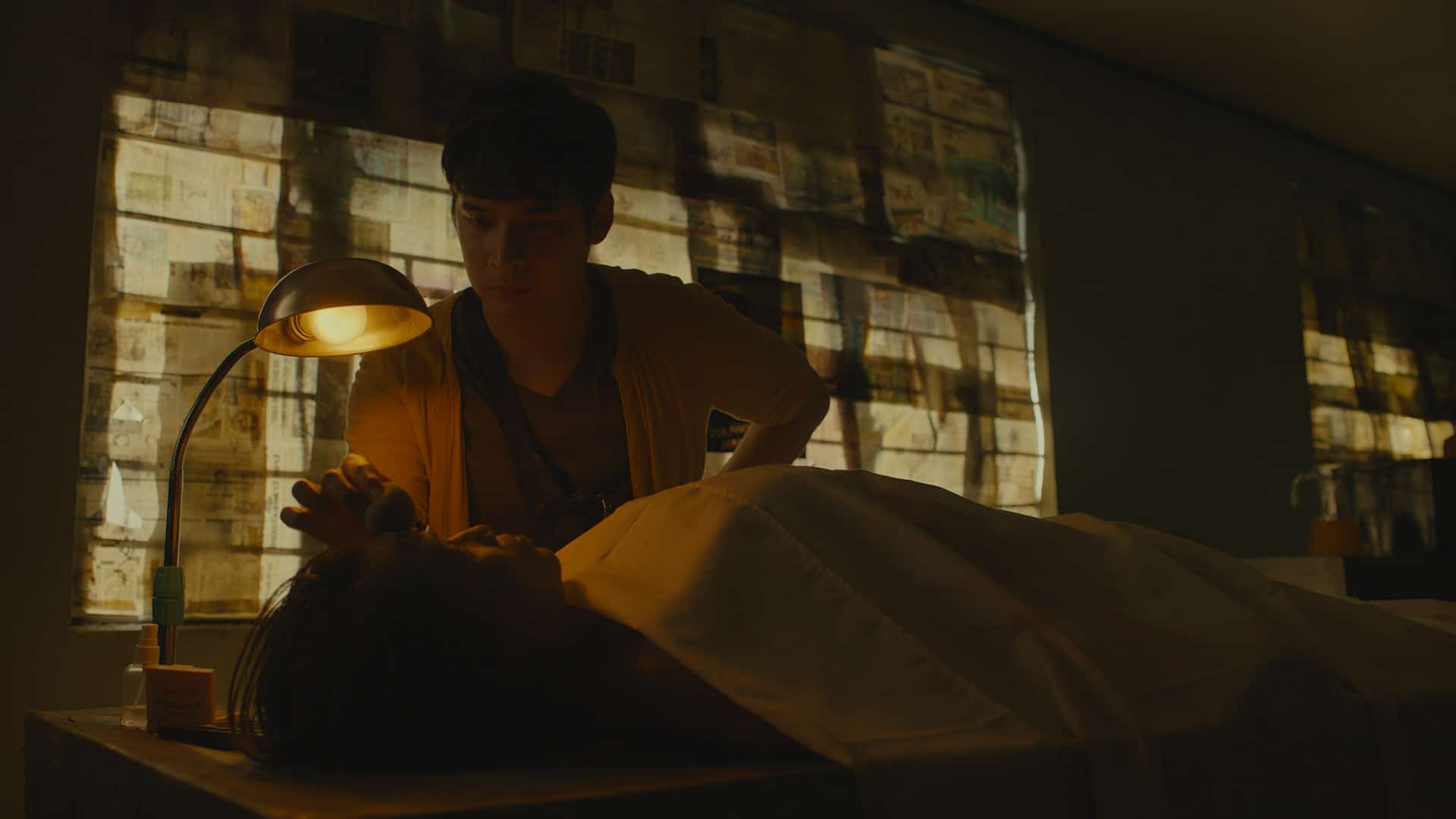
“Big Night” is a crisp comedy about the deep abyss between the average citizen and people on power, and it shows the parallel worlds they inhabit. It is a sobering film about the corruption and incomprehensibly brutal laws that apply only to those who don't have a say in the political game. In his script, Jun Robles Lana approaches the paradox of Duterte's War on Drugs with ironic undertones, in a language new to the audiences acquainted with his body of work. Two years ago, his dark drama Kalel 15 gained critical acclaim for the raw portrayal of the life of an HIV positive boy, left alone to deal with it. The film brought the Filipino director the Best Director Award at PÖFF, at the festival during which two weeks ago “Big Night” world-premiered in the main competition. (Marina Richter)
5. Whether the Weather is Fine (2021) by Carlo Francisco Manatad
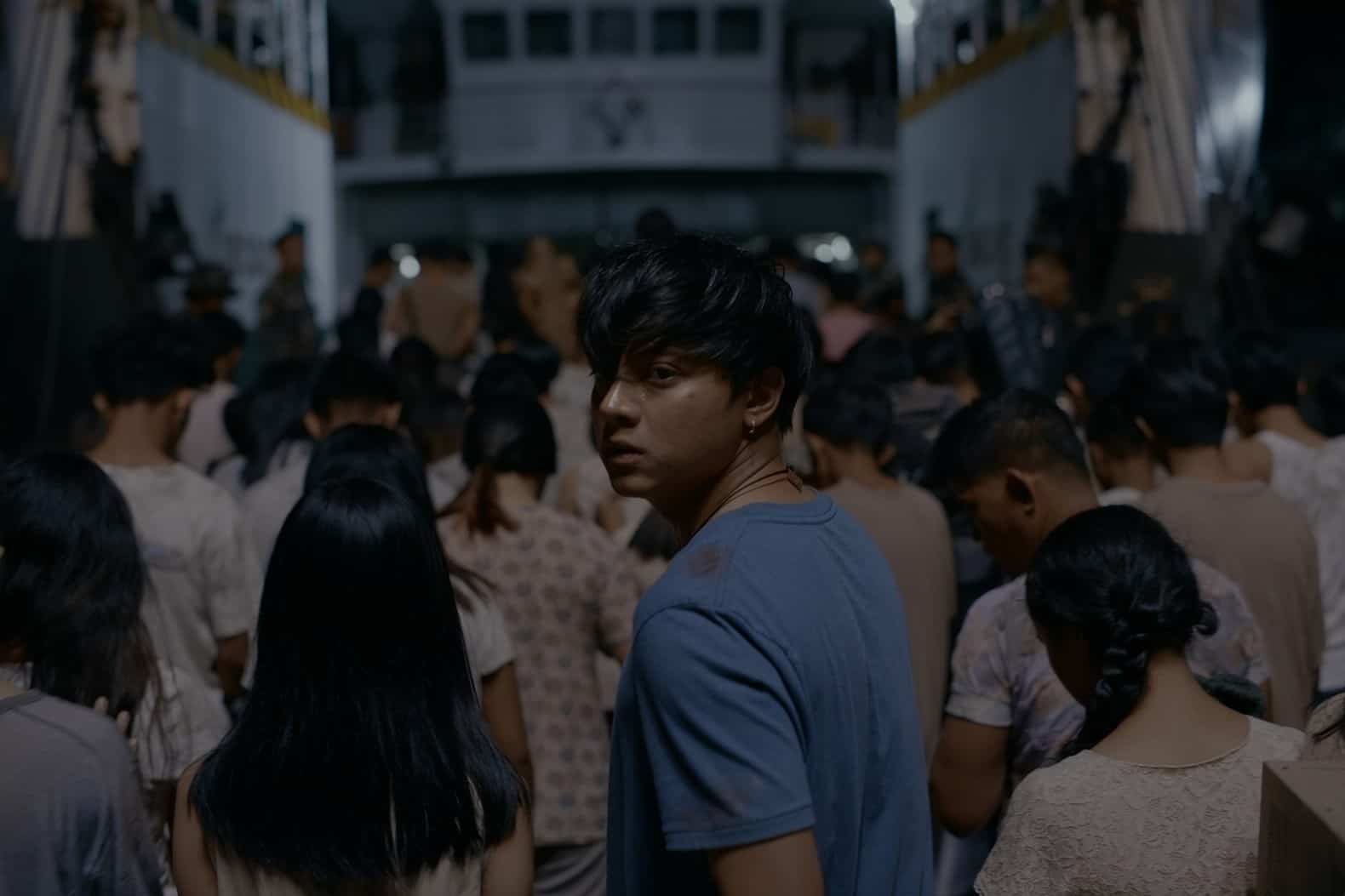
In that fashion, the chaos and despair that followed the aftermath is communicated quite clearly, but the same applies to the critique regarding the authoritative, occasionally illogical ways the army handled the situation, with the scene where a higher officer addresses the people in a relief center being among the most memorable in the movie. That this despair also led people to absurd actions is also presented in the movie rather eloquently, both through the protagonists' actions, but also from a number of people appearing throughout the story, many of which are kids, with another scene, this time involving dancing, being equally memorable. Furthermore, the overall sentiment is also communicated through a number of surrealistic (magical realism, if you prefer) scenes that work quite well within the narrative too, while being visually impressive. (Panos Kotzathanasis)
6. Gensan Punch (2021) by Brillante Ma Mendoza
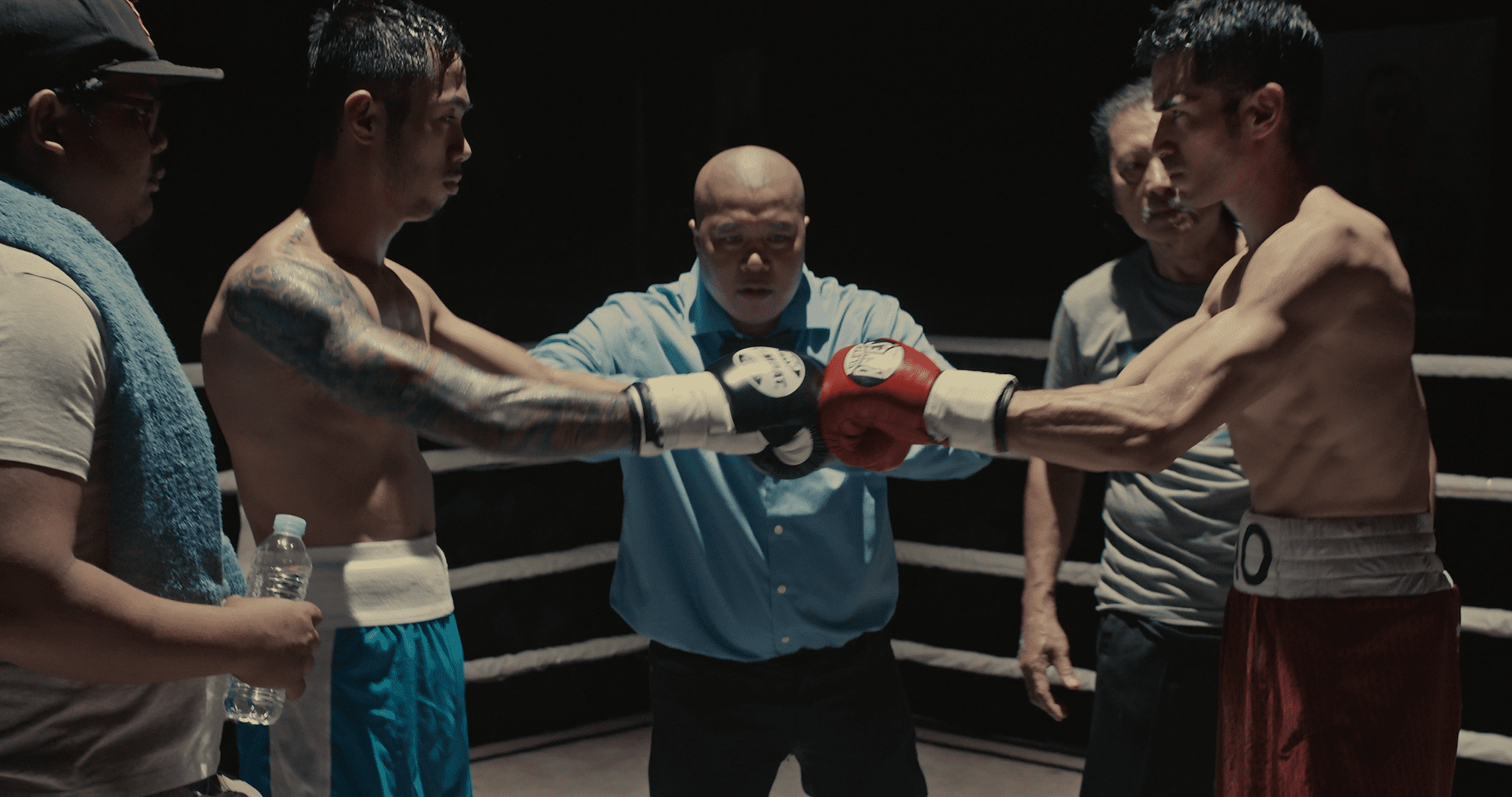
Implementing an approach that borrows much from documentaries, Mendoza directs a rather realistic film that focuses on presenting the world of boxing in all its glory and struggle, with the mentorship, the training, the fights, and the bureaucracy taking center stage, essentially pushing the main character to the background. The approach is rather unusual, since the base for a hard-core drama was definitely there, particularly considering the specifics of the protagonist, but in the end, it is easy to say that it works very well, with Nao embodying all those low-level boxers and the struggles they have to face in order to achieve even the slightest shred of success. The fact that his artificial leg is not exploited in any way for dramatic reasons, essentially becoming just another obstacle Nao has to overcome, also adds much to the overall aesthetics, as Mendoza completely avoids any kind of melodramatic premise. (Panos Kotzathanasis)
7. Love is a Dog from Hell (2021) by Khavn
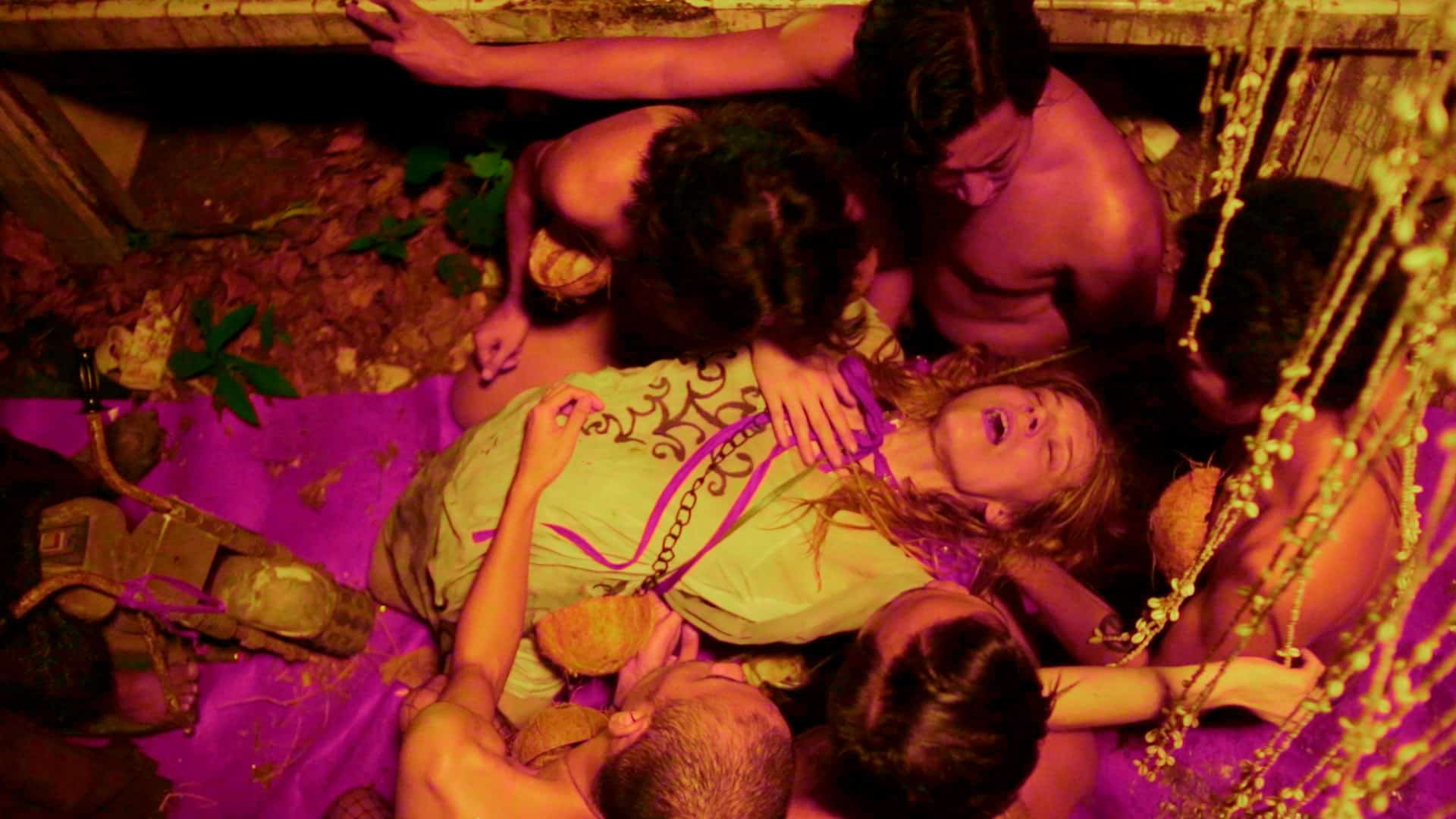
The juxtaposition of different contextual and cinematic elements continues in the rest of the movie, with Khavn and his DPs, Albert Banzon and Gym Lumbera using 10 different cameras (including Super8) in order to present a cornucopia of different colors, contrasts, hues and definitions, the chaos that is “Love is a Dog From Hell”. Images that look like kaleidoscopic paintings, footage from a documentary (?) about a medical procedure, Orphea sawing and “playing” with a pig's head, the titles appearing in the middle of the movie, a man who speaks in repeated sounds (Vim Nadera from “Ruined Heart”) while the subtitles present his words in a sort of a translation, frantic laughters, a penis peeing, the slums, space sounds combined with spacey images and colors, and animation by Rox Lee all come together in the most artfully twisted way, courtesy of Lawrence S. Ang‘s frantic, absurd, but rather fitting editing. (Panos Kotzathanasis)
8. On The Job: The Missing 8 (2021) by Erik Matti

Real and fake news enter the battle of information, showing just how little power is left to the independent print media to fight its way to the public. The moving images and audience-grabbing headlines take over, simply reflecting the world we live in, thirsty for extremes, ruined images of individuals and scandals. Manipulative as it is in its ‘pointing-the-obvious' way to cause a head-tilting reaction, this approach has its point. The film does deal with the specific domain of fabricated truth that serves its purpose in political games. (Marina Richter)
9. Leonor Will Never Die (2022) by Martika Ramirez Escobar
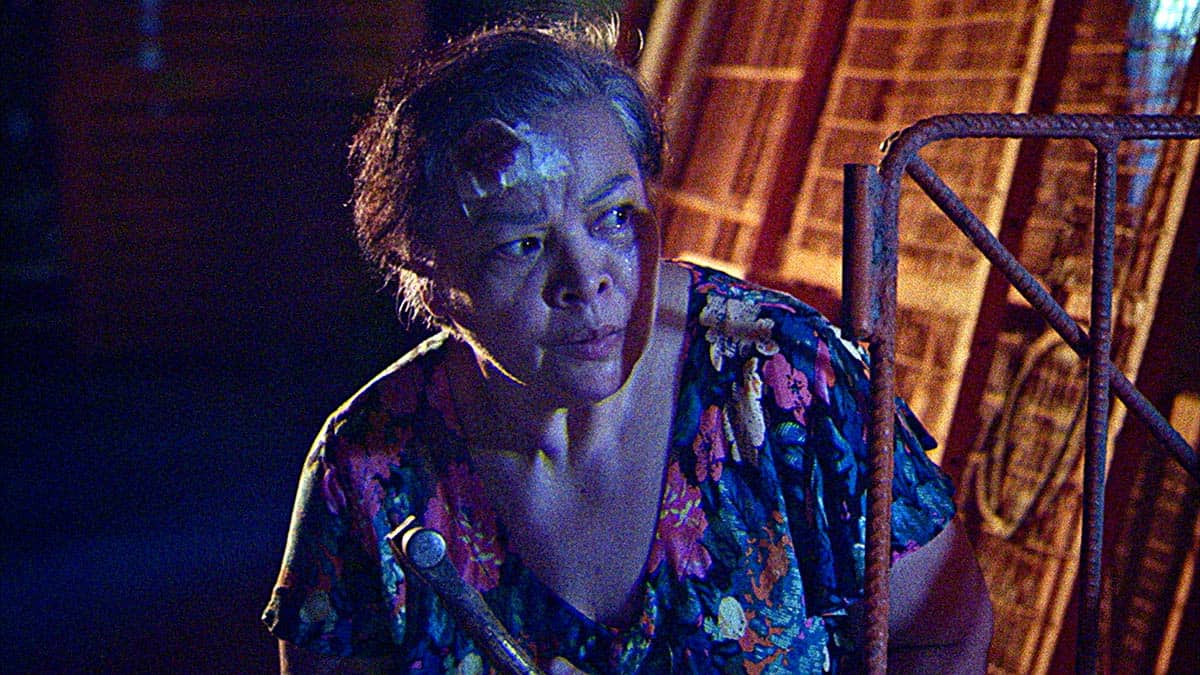
With her fascinating feature debut, Escobar pays tribute to the Asian B action movies of the 1970s and 1980s, letting two stories run simultaneously. Fights in the “other reality” are meticulously choreographed, and there is a vintage cheesiness to them. The sound is crackling, the photography grainy, and dialogues so retro with their palette of clichés that you get flash-backed with countless stached men in tight shirts who reigned the screens back in time. There is also a young stripper that goes by the name of Majestica, and she is the embodiment of all ‘simple, next door gals who were not fortunate in life', but are loveable and always find THE man (who – of course, saves both their ass and the day). (Marina Richter)
10. 12 Weeks (2022) by Anna Isabelle Matutina

Anna Isabelle Matutina implements a rather European (French if you prefer) style of filmmaking in order to tell her story, as dictated by the permeating realism in all aspects of the movie and the frequent close-ups to her protagonist who seems to appear in every single scene of the movie, in the style of “Blue is the Warmest Color” and “Happening”. The last aspect in particular, usually helps the protagonists shine, but at the same time demands superb performances to work, which luckily, Matutina gets from Max Eigenmann here, in one of the best traits of the movie. Particularly the way Eigenmann manages to portray a plethora of emotions and psychological statuses in a measured and essentially laconic fashion, is a treat to the viewer, with her expressive eyes being the apogee of an overall excellent execution. Furthermore, the way her interactions differ according to the person in front of her (her boss, Ben, her mother, Lorna, the woman she talks about getting an abortion) add yet another trait to her acting, while exemplifying the great chemistry she shares with all of her fellow actors. (Panos Kotzathanasis)



















Great list!
Thank you!
𝘼 𝙩𝙝𝙤𝙪𝙨𝙖𝙣𝙙 𝙘𝙪𝙩𝙨? 𝙧𝙚𝙖𝙡𝙡𝙮 𝙩𝙝𝙖𝙩 𝙢𝙖𝙧𝙞𝙖 𝙧𝙚𝙨𝙨𝙖’𝙨 𝙩𝙝𝙧𝙖𝙨𝙝𝙮 𝙣𝙖𝙧𝙧𝙖𝙩𝙞𝙫𝙚, 𝙨𝙝𝙚’𝙨 𝙣𝙤𝙩 𝙡𝙤𝙫𝙚𝙙 𝙝𝙚𝙧𝙚 𝙞𝙣 𝙩𝙝𝙚 𝙋𝙝𝙞𝙡𝙞𝙥𝙥𝙞𝙣𝙚𝙨, 𝙨𝙝𝙚’𝙨 𝙢𝙤𝙧𝙚 𝙩𝙝𝙖𝙣 𝙖 𝙡𝙞𝙖𝙧 𝙩𝙝𝙖𝙣 𝙬𝙝𝙖𝙩 𝙨𝙝𝙚 𝙞𝙨 𝙨𝙥𝙧𝙚𝙖𝙙𝙞𝙣𝙜 𝙖𝙧𝙤𝙪𝙣𝙙 𝙩𝙝𝙚 𝙜𝙡𝙤𝙗𝙚.